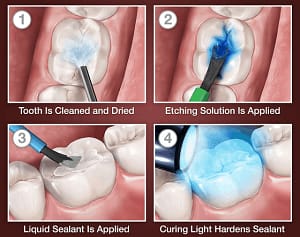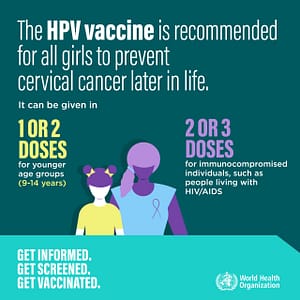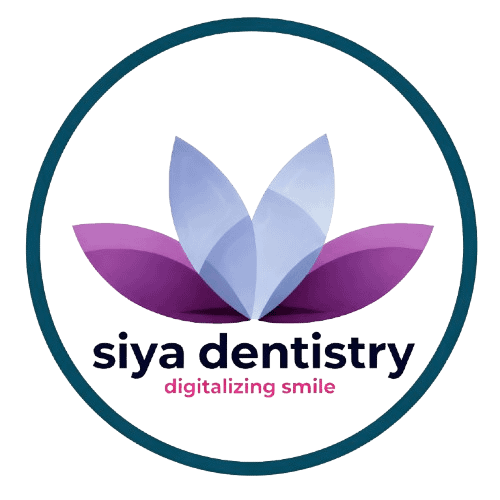Preventive Dentistry: A Lifelong Commitment to Health — From Fluoride to Habit Breakers and Beyond
Understanding Preventive Dentistry
Preventive dentistry focuses on maintaining oral health and preventing dental issues before they occur. By adopting preventive measures, you can significantly lower the risk of developing common dental problems such as cavities, gum disease, and other serious conditions. Preventive dentistry encompasses various practices, including regular check-ups, proper brushing and flossing, and the use of treatments like fluoride and sealants.
Fluoride Treatments
Fluoride is a mineral that strengthens tooth enamel, making it more resistant to decay. Fluoride treatments are an integral part of preventive dentistry, especially for children and individuals at higher risk of cavities. The treatment involves applying a fluoride gel, foam, or varnish to the teeth. This helps to rebuild weakened enamel and reverse early signs of decay.
Research has shown that fluoride treatments can reduce the incidence of cavities by up to 30%. For children, fluoride helps in the development of strong, decay-resistant permanent teeth. Adults, particularly those with dry mouth or frequent snacking habits, also benefit from fluoride treatments. Regular fluoride applications, combined with good oral hygiene practices, provide a comprehensive approach to preventing tooth decay.

Pit and Fissure Sealants
Pit and fissure sealants are thin coatings applied to the chewing surfaces of back teeth to prevent cavities. These areas, especially the molars, have deep grooves that are difficult to clean and often accumulate food particles and bacteria. Sealants cover these grooves, creating a smooth surface that is easier to clean and less likely to trap food and bacteria.
The application process is quick and painless. The dentist cleans and dries the tooth, applies a special gel to help the sealant adhere, and then bonds the sealant to the tooth with a special light. Sealants are typically applied to children’s teeth as soon as they erupt but can be beneficial for adults as well. Studies have shown that sealants can reduce cavity rates in sealed teeth by up to 80% in the first two years after application

.
HPV Vaccination and Oral Health
Human Papillomavirus (HPV) is a common virus with several strains linked to various cancers, including oral cancers. HPV vaccination is primarily known for its role in preventing cervical cancer, but it also helps reduce the risk of oral cancers associated with HPV. The vaccine is most effective when administered before the onset of sexual activity, but it can still provide benefits for older individuals.
HPV-related oral cancers can develop in the throat, tongue, and tonsils. The vaccination helps to prevent these cancers by protecting against the high-risk HPV strains. Incorporating HPV vaccination into preventive dental care can significantly reduce the risk of these cancers and promote overall health. The vaccine is recommended for preteens and young adults, but its benefits extend into adulthood.

Habit Breaker Appliances
Habit breaker appliances are dental devices designed to help individuals stop harmful oral habits such as thumb sucking, nail biting, or tongue thrusting. These habits can lead to dental issues, including misaligned teeth and changes in the shape of the mouth or jaw. Habit breaker appliances work by creating a physical barrier that discourages the habit, thereby promoting better oral health and proper dental development.
These appliances are often used in children but can also be helpful for adults with persistent habits. They are typically custom-made to fit the individual’s mouth and are designed to be worn during specific times, such as while sleeping. Early intervention with habit breakers can prevent more serious dental problems and support healthy oral development.
Long Face Syndrome

Long Face Syndrome, also known as vertical maxillary excess, is a condition characterized by an unusually long face. This condition can impact dental health, leading to issues such as misaligned teeth, bite problems, and difficulty with oral function. It may result from skeletal discrepancies, oral habits, or other factors.
Treatment for Long Face Syndrome typically involves orthodontic intervention to correct the alignment of the teeth and jaws. This may include braces, surgical options, or other corrective measures. Addressing Long Face Syndrome not only improves the appearance but also enhances oral function and overall dental health. Early diagnosis and treatment are crucial for managing this condition effectively.

